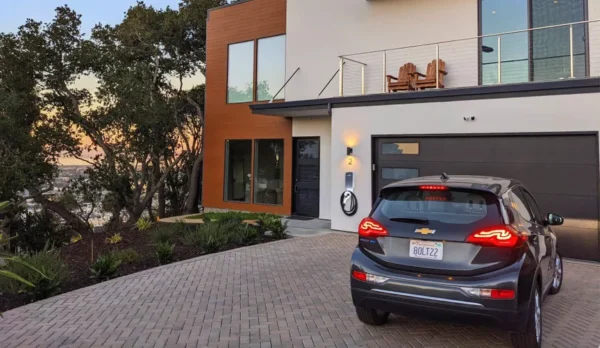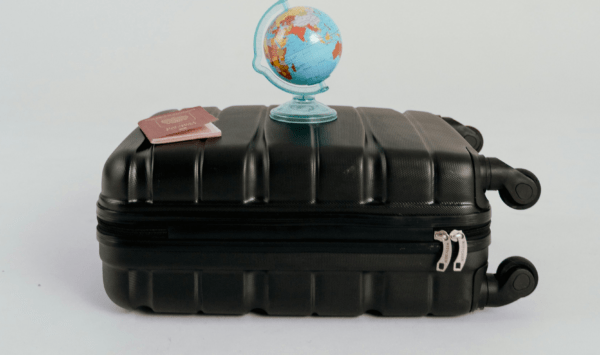
Now There’s a Map for Digital Nomads, There’s No Excuse Not to Escape
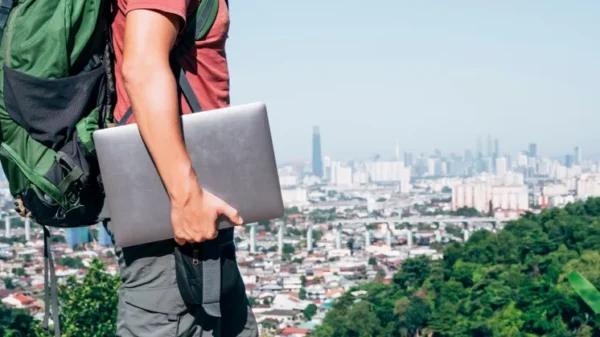
What a difference a decade makes. This time 10 years ago writing about digital nomads would have first required explaining what a digital nomad is. But now influencers have grown in visibility, and Covid-19 has proved the ridiculousness of many fixed offices, we are now familiar with the idea of roaming the planet, rocking up where we choose, finding a suitable spot to get some work done, and then plotting our next adventure from there. Even if the reality of actually doing this remains a pipe dream for a lot of us.
The numbers taking the plunge are growing, though. According to DemandSage’s 2025 report on Trends & Salary data, there are now an estimated 40 million digital nomads worldwide. Just over 18 million of these come from the United States, and almost half are aged between 30 and 39 years. 56% are men, 43% women, but all share a few things in common. A love of exploration and finding new things, itchy feet, and a desire to rebalance the work-life thing by taking control not only of their hours, but where they want to work them.
Clearly aware of this, Grzegorz Kowalski launched TripOffice.com. Simply put, this is a search engine fully focused on providing vital information for digital nomads. A big part of the offering takes the form of an interactive map helping people plan ‘workations’ in over 120 countries. But the big question is: how was it compiled? According to the founder, this is the only digital tool dedicated to identifying and listing ‘nomad-friendly’ hotels and the boffins approached this in an ingenious but surprisingly simple way.
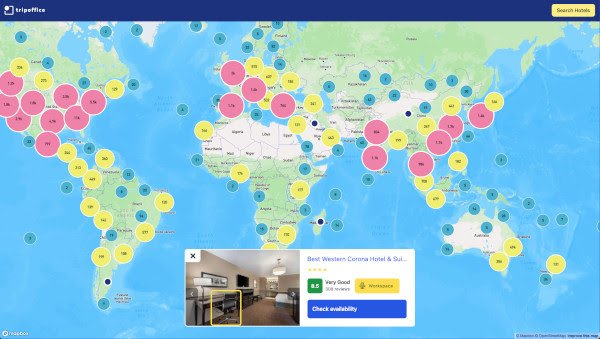
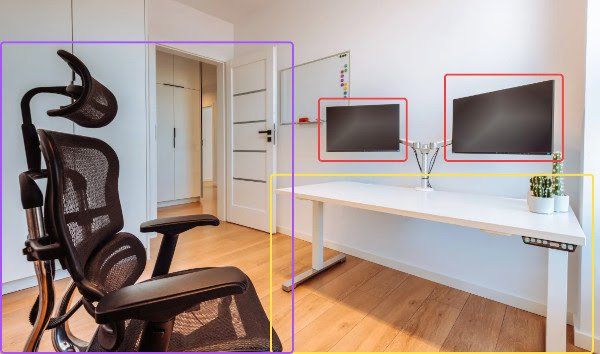
In total, more than 50,000 hotels and vacation apartments are included in the resource. These have been ranked based on their ability to provide a great working environments. Metrics include features and furniture such as ergonomic chairs, functional desks, and in-room monitors. Training a machine learning model to look for these assets, AI is now capable of recognising when these things are included in a stay. And when they are, that stay is added to an ever-growing list. Once there, all we need to do as users is pick where we want to go and then make a choice from the suitable accommodations available in that location.
Although this is all new, there’s already a roadmap to develop TripOffice. This will include, or so we’ve been told, the publication of quarterly reports which reflect real usage of the tool and its reams of information. By analysing search queries, it will be possible to understand which are the most in-demand workstation types, average size of hotel work areas in individual counties, and a lot more besides. By arming themselves with this knowledge, digital nomads are going to be in a better position to make informed choices not just about which neighbourhoods in which cities are most equipped to cater for their needs, but also which regions and nations they are going to find it easiest to do their jobs from.
Of course, with this lifestyle comes responsibility. Perhaps more than when you’re a permanent resident. Ethically speaking, the nomad approach isn’t necessarily problematic. But it is important to look for ways to contribute to communities you’re experiencing. And considering the lowest impact modes of getting to those places is also essential. Suffice to say, though, from where we’re sitting, in coach C, switching to slower transport – say, taking a train rather than plane — is the best way to really get to know the intricacies and nuances of a particular place, and the cultures and humans that make it so wonderfully unique.


























